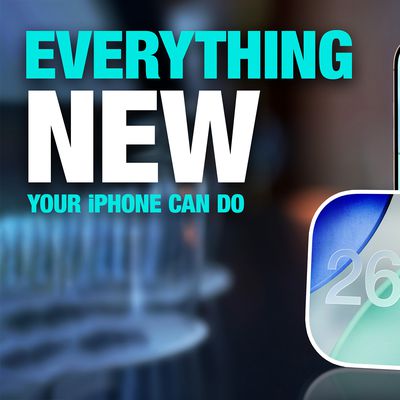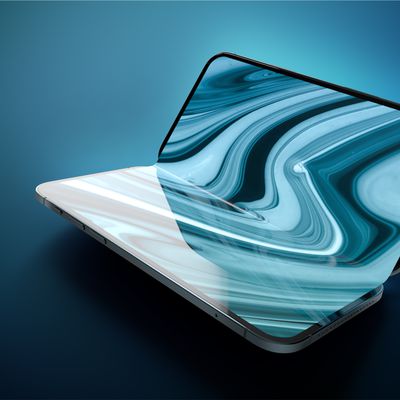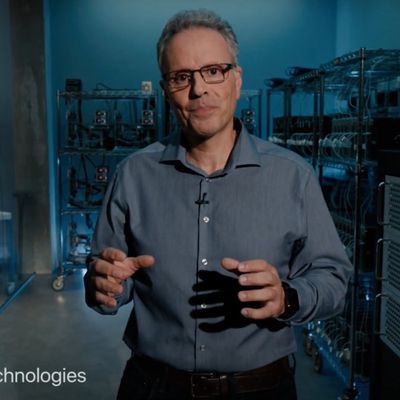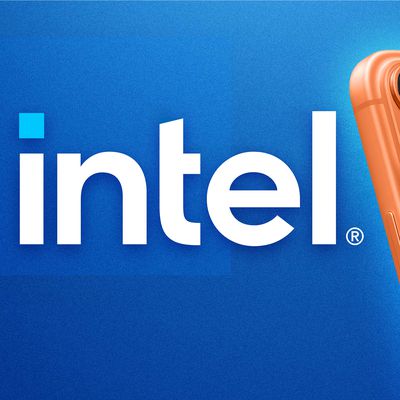Audio Testing Confirms iPhone 6 Not Yet Capable of Direct HD Audio Playback
Earlier this year, Apple was rumored to be adding support for high-definition audio playback in iOS 8 and shipping new EarPods with the iPhone 6 in order to support this 24bit/96kHz standard. Apple ultimately made no such announcements for iOS 8 or the iPhone 6, and Mashable has now confirmed with some testing that Apple's latest iPhone 6 does not currently support high definition audio playback.
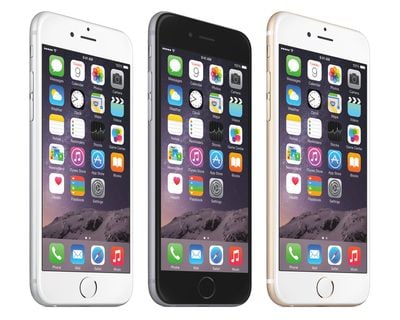
With the help of audio testing expert David Ranada, Mashable tested several sample .wav files encoded at a 96kHz sampling rate with 24 bits per sample. The tracks were played using third-party apps such as Onkyo's HF music player and recordings were made through the headphone jack to determine the quality of the audio output.
The results show that iPhone 6 does not yet support HD audio playback, even though the audio hardware inside the phone may be capable of 24bit/96kHz output. According to teardown analyses, Apple's iPhone 6 includes the custom made Cirrus Logic 338S1201 chip, which is likely the successor to the Cirrus Logic CS42L61 chip used in previous iPhone models. Though also a custom build, the older CS42L61 chip is part of Cirrus Logic's CS42L51 family, which supports 24bit/96kHz HD audio.
It's hard to conceive of Apple either creating a custom chip that's less capable than the equivalent off-the-shelf component, let alone downgrading the audio capabilities of the iPhone's DAC in subsequent generations. So it stands to reason the DAC on board the iPhone 6 is capable of sampling 24-bit/96kHz audio.
It's possible, however, that Apple could later update iOS 8 with support for HD audio and enable the playback of hi-res music through the iPhone's headphone jack. Apple is accepting 24bit/96kHz uploads from musicians and is allegedly preparing to enable high-definition 24-bit downloads from iTunes.
Customers who want HD audio sooner will have to look at Lightning-equipped audio devices such as the recently announced Fidelio M2L headphones from Philips. The Fidelio M2Ls will connect to an iPhone or iPad via the Lightning port and will support 24-bit audio using an internal DAC and amplifier built into the headphone unit.
Popular Stories
Apple is about to release iOS 26.2, the second major point update for iPhones since iOS 26 was rolled out in September, and there are at least 15 notable changes and improvements worth checking out. We've rounded them up below.
Apple is expected to roll out iOS 26.2 to compatible devices sometime between December 8 and December 16. When the update drops, you can check Apple's servers for the ...
Apple has ordered 22 million OLED panels from Samsung Display for the first foldable iPhone, signaling a significantly larger production target than the display industry had previously anticipated, ET News reports.
In the now-seemingly deleted report, ET News claimed that Samsung plans to mass-produce 11 million inward-folding OLED displays for Apple next year, as well as 11 million...
Apple is actively testing under-screen Face ID for next year's iPhone 18 Pro models using a special "spliced micro-transparent glass" window built into the display, claims a Chinese leaker.
According to "Smart Pikachu," a Weibo account that has previously shared accurate supply-chain details on Chinese Android hardware, Apple is testing the special glass as a way to let the TrueDepth...
Apple today seeded the second release candidate version of iOS 26.2 to developers and public beta testers, with the software coming one week after Apple seeded the first RC. The release candidate represents the final version iOS 26.2 that will be provided to the public if no further bugs are found.
Registered developers and public beta testers can download the betas from the Settings app on...
Apple's iPhone development roadmap runs several years into the future and the company is continually working with suppliers on several successive iPhone models at the same time, which is why we often get rumored features months ahead of launch. The iPhone 18 series is no different, and we already have a good idea of what to expect for the iPhone 18 Pro and iPhone 18 Pro Max.
One thing worth...
Google Maps on iOS quietly gained a new feature recently that automatically recognizes where you've parked your vehicle and saves the location for you.
Announced on LinkedIn by Rio Akasaka, Google Maps' senior product manager, the new feature auto-detects your parked location even if you don't use the parking pin function, saves it for up to 48 hours, and then automatically removes it once...
Apple's chipmaking chief Johny Srouji has reportedly indicated that he plans to continue working for the company for the foreseeable future.
"I love my team, and I love my job at Apple, and I don't plan on leaving anytime soon," said Srouji, in a memo obtained by Bloomberg's Mark Gurman.
Here is Srouji's full memo, as shared by Bloomberg:I know you've been reading all kind of rumors and...
Apple's senior vice president of hardware technologies Johny Srouji could be the next leading executive to leave the company amid an alarming exodus of leading employees, Bloomberg's Mark Gurman reports.
Srouji apparently recently told CEO Tim Cook that he is "seriously considering leaving" in the near future. He intends to join another company if he departs. Srouji leads Apple's chip design ...
Intel is expected to begin supplying some Mac and iPad chips in a few years, and the latest rumor claims the partnership might extend to the iPhone.
In a research note with investment firm GF Securities this week, obtained by MacRumors, analyst Jeff Pu said he and his colleagues "now expect" Intel to reach a supply deal with Apple for at least some non-pro iPhone chips starting in 2028....
Apple and Google are teaming up to make it easier for users to switch between iPhone and Android smartphones, according to 9to5Google. There is a new Android Canary build available today that simplifies data transfer between two smartphones, and Apple is going to implement the functionality in an upcoming iOS 26 beta.
Apple already has a Move to iOS app for transferring data from an Android...



